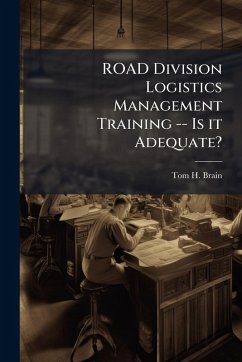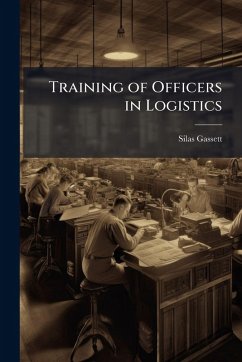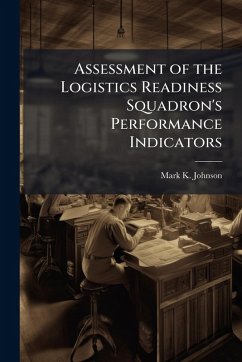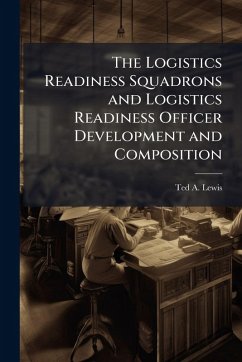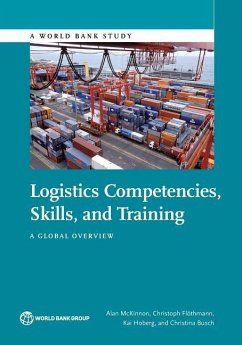
Forecasting Expeditionary Training for Company Grade Logistics Readiness Officers

PAYBACK Punkte
8 °P sammeln!
Since the development of the Expeditionary Airman concept and the start of combat operations in the Global War on Terrorism, the Logistics Readiness Officer's (LRO) duty environment has expanded beyond traditional garrison-based duties. This expansion can arguably incorporate current topics of joint operations, irregular warfare, and cultural intelligence. The intent of this study is to determine what training, if any, future company grade LROs will require on these three topics. The research uses Delphi methodology, utilizing an expert panel of twelve LROs with experience in joint operations ...
Since the development of the Expeditionary Airman concept and the start of combat operations in the Global War on Terrorism, the Logistics Readiness Officer's (LRO) duty environment has expanded beyond traditional garrison-based duties. This expansion can arguably incorporate current topics of joint operations, irregular warfare, and cultural intelligence. The intent of this study is to determine what training, if any, future company grade LROs will require on these three topics. The research uses Delphi methodology, utilizing an expert panel of twelve LROs with experience in joint operations within a deployed environment, and interactions with foreign nationals. The study applies two rounds of surveys; the first seeks the participant's recommendations on training statements on the three different topics. The second round survey consists of consolidated responses from the first survey, which panel members ranked for likelihood of implementation and impact using a 5-point Likert scale. The mean and standard deviation for these rankings describe the differences in participant's observations. A scatter plot graph for each of the three topics represents the relationship between the means of likelihood of implementation and impact for each statement. Finally, a 3x3 matrix corresponding with each scatter plot graph categorizes the findings to provide a graphic representation of the expeditionary training panel members recommend for future LROs. This work has been selected by scholars as being culturally important, and is part of the knowledge base of civilization as we know it. This work was reproduced from the original artifact, and remains as true to the original work as possible. Therefore, you will see the original copyright references, library stamps (as most of these works have been housed in our most important libraries around the world), and other notations in the work. This work is in the public domain in the United States of America, and possibly other nations. Within the United States, you may freely copy and distribute this work, as no entity (individual or corporate) has a copyright on the body of the work. As a reproduction of a historical artifact, this work may contain missing or blurred pages, poor pictures, errant marks, etc. Scholars believe, and we concur, that this work is important enough to be preserved, reproduced, and made generally available to the public. We appreciate your support of the preservation process, and thank you for being an important part of keeping this knowledge alive and relevant.



